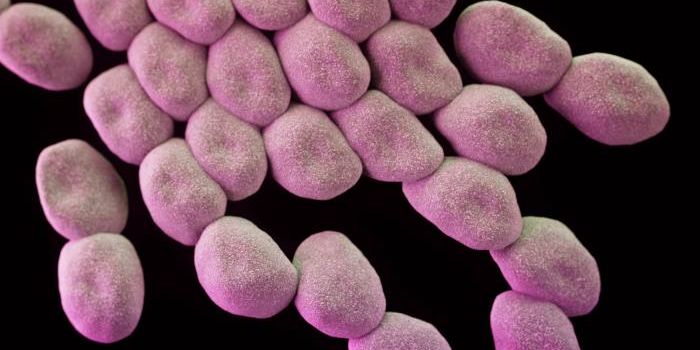Scientists Engineer a New Kind of Life Form
Scientists have created a new kind of life form by taking cells from the embryos of frogs called Xenopus laevis and repurposing them. These organisms were designed on a supercomputer, the cells were harvested and then reassembled under a microscope, and once again, they began to work on their own. Heart muscle cells began to contract, while skin cells functioned as a structure without much movement. Using the power of the contracting cells, these "xenobots" were able to migrate toward a target, heal after injury, and carry cargo. This work has been reported in the Proceedings of the National Academy of Sciences (PNAS).
"These are novel living machines," said study co-leader Joshua Bongard, a professor and robotics expert at the University of Vermont. "They're neither a traditional robot nor a known species of animal. It's a new class of artifact: a living, programmable organism."
"We can imagine many useful applications of these living robots that other machines can't do like searching out nasty compounds or radioactive contamination, gathering microplastic in the oceans, traveling in arteries to scrape out plaque," said study co-leader Michael Levin, Director of the Center for Regenerative and Developmental Biology at Tufts University. "
These engineered organisms could move around in their environment for days or even weeks as long as they didn't flip onto their backs. Groups of xenobots could spontaneously or collectively move in circles or push pellets toward a central location. The scientists also created a cargo pocket on the xenobots.
"It's a step toward using computer-designed organisms for intelligent drug delivery," said Bongard.
The world has many strong materials, but they often come at an environmental cost. "The downside of living tissue is that it's weak and it degrades," noted Bongard. "That's why we use steel. But organisms have 4.5 billion years of practice at regenerating themselves and going on for decades. These xenobots are fully biodegradable; when they're done with their job after seven days, they're just dead skin cells."
The researchers noted that they are also durable and to a point, self-repairing. "We sliced the robot almost in half and it stitches itself back up and keeps going," Bongard added. "And this is something you can't do with typical machines."
The scientists are seeking to understand basic questions about the nature of cellular life. "What actually determines the anatomy towards which cells cooperate? You look at the cells we've been building our xenobots with, and, genomically, they're frogs," Levin said. "It's 100% frog DNA, but these are not frogs. Then you ask, well, what else are these cells capable of building? As we've shown, these frog cells can be coaxed to make interesting living forms that are completely different from what their default anatomy would be."
"There's all of this innate creativity in life," added Bongard. "We want to understand that more deeply--and how we can direct and push it toward new forms."
Sources: AAAS/Eurekalert! via University of Vermont, PNAS








